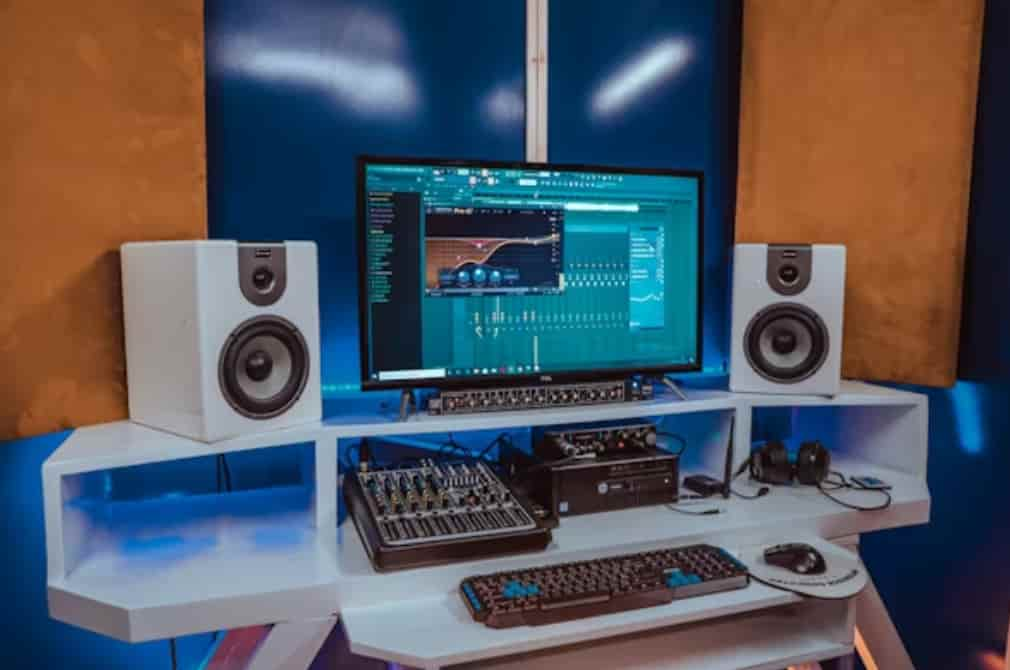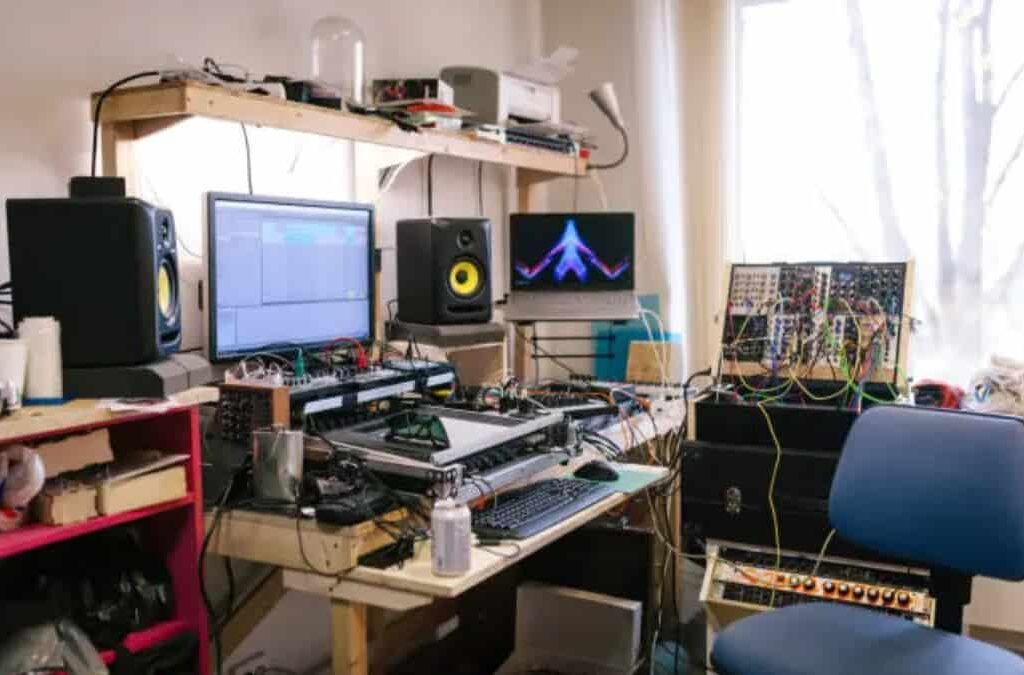Presentation to Acai Audio Latency GH
In the world of sound innovation, inactivity alludes to the time delay between when a sound flag is made and when it is listened to. Acai Audio Latency GH is a term regularly examined in proficient sound setups, gaming communities, and music generation gatherings, especially when low-latency execution is essential.
Whether you’re a gamer, performer, or sound designer, understanding sound latency—and how to decrease it—can be the distinction between a consistent encounter and a disappointing one.
What is Acai Audio Latency GH?
The term combines three elements:
- Acai – Frequently utilized as a brand or computer program identifier in certain sound handling tools.
- Audio Idleness – The quantifiable delay between the input and yield of a sound system.
- GH – Likely an truncation for a particular stage, show, or firmware construct related to the innovation in question.
In basic terms, Acai Audio Latency GH alludes to inactivity estimations and optimizations inside a specific equipment or computer program environment, frequently utilized by engineers and experts to fine-tune sound performance.
Why Sound Idleness Matters
Audio inactivity affects:
- Live Music Exhibitions – Indeed milliseconds of delay can toss off timing.
- Gaming – Deferred sounds can demolish submersion and competitive play.
- Video Conferencing – Causes unbalanced stops and covering speech.
- Streaming & Broadcasting – Audio-video adjusted issues can disappoint audiences.
For numerous applications, idleness beneath 10 milliseconds is considered great, whereas anything over 40 milliseconds can be recognizably disruptive.
Causes of Tall Acai Audio Latency GH
Several variables contribute to expanded latency:
1. Equipment Limitations
Older or underpowered sound cards, processors, or sound interfacing can battle with real-time processing.
2. Buffer Size
Larger buffer sizes decrease CPU strain but increment delay; littler buffer sizes diminish idleness but require more handling power.
3. Drivers and Firmware
Outdated sound drivers or wasteful firmware can moderate down processing.
4. Organize Conditions
For online applications, unsteady or moderate web can include noteworthy delay.
5. Computer program Processing
Complex sound impacts and overwhelming plugins increment handling time, coming about in higher latency. Music Industry Insights
Measuring Acai Audio Latency GH
You can degree idleness utilizing instruments like:
- DAW Idleness Tests – Computerized Sound Workstations frequently appear input/output delay.
- Audio Inactivity Analyzer – Committed program to test round-trip latency.
- Ping Tests for Arrange Sound – Valuable for cloud-based sound systems.
Measuring inactivity routinely makes a difference and recognizes issues some time recently that disturb performance.
How to Decrease Acai Audio Latency GH
1. Overhaul Drivers and Firmware
Ensure you’re utilizing the most recent adaptation of your sound drivers and framework firmware.
2. Alter Buffer Size
Lower buffer measure settings in your sound computer program for decreased delay—aim for 64 to 128 tests if your framework can handle it.
3. Utilize Coordinate Monitoring
Bypassing program preparation and checking straightforwardly through equipment can dispose of most latency.
4. Optimize Your System
- Close pointless applications.
- Use wired associations instead of Wi-Fi.
- Enable high-performance mode in framework settings.
5. Overhaul Hardware
If idleness remains tall, consider updating your sound interface, processor, or Slam for superior performance.
Acai Audio Latency GH in Gaming
In competitive gaming, indeed a slight sound delay can result in missed signals and slower response times. Optimizing inactivity involves:
- Using wired headsets instead of Bluetooth.
- Selecting low-latency sound drivers (e.g., ASIO).
- Minimizing in-game sound impacts that increment handling time.

Acai Audio Latency GH in Music Production
For artists and producers:
- Keep buffer sizes moo when recording, at that point increment them amid mixing.
- Use coordinate input observing for real-time execution tracking.
- Avoid pointless real-time impacts amid recording.
Frequently Inquired Questions (FAQs)
1. What is a worthy sound idleness level?
For most real-time applications, beneath 10ms is perfect. For casual use, up to 40ms may be tolerable.
2. Can Bluetooth cause tall latency?
Yes. Most Bluetooth codecs present noteworthy delay unless you utilize low-latency codecs like aptX LL.
3. Does web speed influence sound latency?
As it were for online sound applications—local setups aren’t influenced by web speed.
4. Can I totally kill sound latency?
Not completely. There will continuously be a negligible delay, but it can be diminished to an unnoticeable level.
5. Is Acai audio latency GH equipment or computer program related?
It can include both, depending on whether the term alludes to a device’s firmware construct or a software-based handling system.
Conclusion
Acai Audio Latency GH is a significant figure for anybody working with real-time sound—whether in gaming, live execution, or spilling. By understanding its causes and applying optimization techniques, you can diminish delays to accomplish smooth, precise, and responsive audio.
Whether you’re investigating a domestic studio setup or fine-tuning your competitive gaming fix, low-latency execution ought to continuously be a best need.

